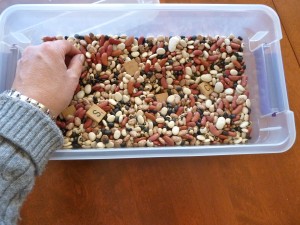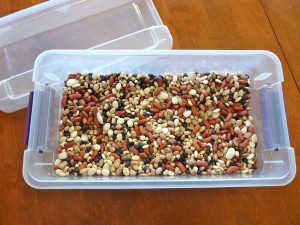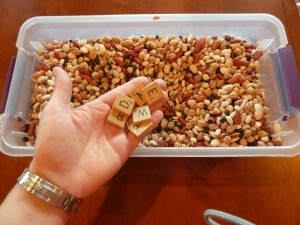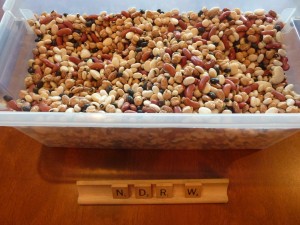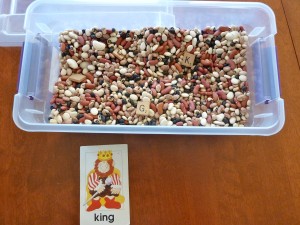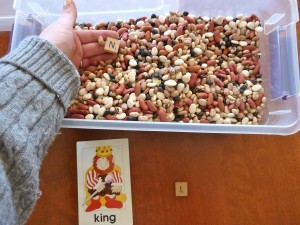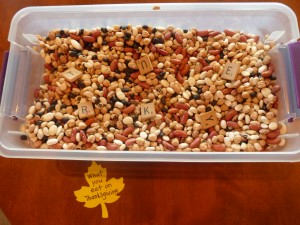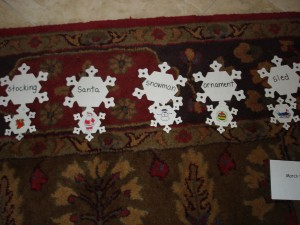
Matching has been an important activity for us in My Obstacle Courses, especially when Andrew’s speech was not intelligible. Â He didn’t need to speak intelligibly to show what he knew because he could demonstrate his knowledge by matching pictures, letters, words and numbers. Â This simple activity gave me a great deal of information, specifics about his understanding for a variety of skills, topics and themes that no one else was able to get.
Calendar cutouts have become an essential item for me when setting up these matching stations. Â They make it so easy to add a bit of fun and tie the stations together by carrying the theme throughout the course.
Where I get themed calendar cutouts: Teacher supply stores usually carry cutouts like this but it you don’t have access to one in your area, here is a link for the snowflake cutouts shown in the pictures: Â http://www.creativeteaching.com/p-1812-snowflake-two-color-calendar-cut-outs.aspx
See it in action!
These are some sample calendar cutout matching activities I have done with Andrew. Â They are specific to skills he was working on so please adapt the activity to help your child with skills they are working on.
Fun Way to Practice Speech Sounds


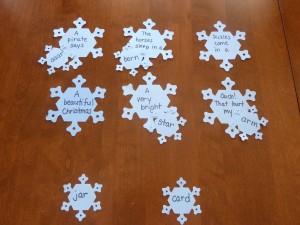

Matching Words and Pictures



The pictures for the activity above were cut out from a worksheet I got from one of my favorite websites, www.EnchantedLearning.com. Â They have lots of thematic activity ideas and printable materials that can be easily adapted into fun My Obstacle Course stations. Â While there is a subscription fee to access all of their materials, they do have some free stuff.
Other Calendar Cutout Matching Activities (I will do more posts showing these in action):
- uppercase/lowercase letters
- rhyming words
- opposites
- pictures with words
- speech sounds paired with word clues
- addition equation with sum





